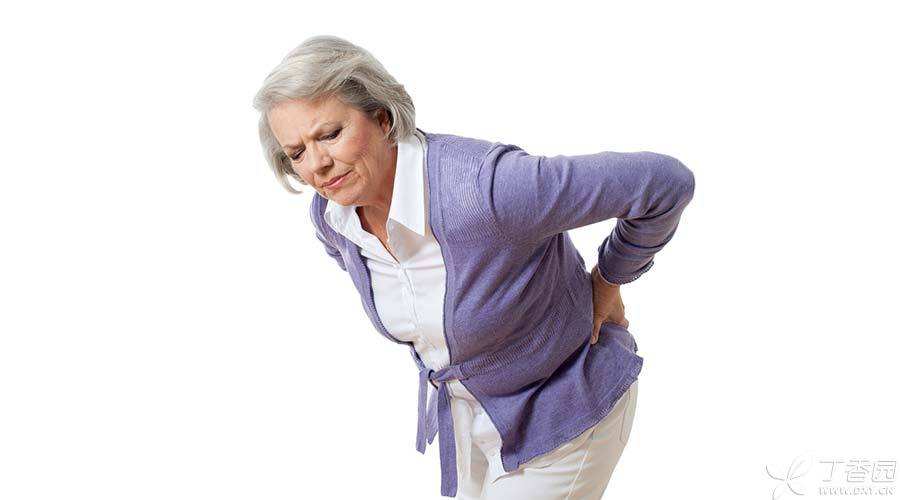
When we are young, our new bone formation is greater than bone loss, and the overall bone density is increasing.
Under normal circumstances, the bone density will reach the maximum at the age of 30 or so, and then, with the increase of age, the amount of exercise will decrease, the hormone level will decrease, and the bone density will gradually decrease.
Especially postmenopausal women and middle-aged and elderly men over 50 years old, bone loss is the fastest, and special attention should be paid to whether the health status of their bones has changed.
At this time, the bone becomes fragile, slight collision and fall may cause fracture, and problems such as bone pain, height shortening, hunchback, etc. often occur.
Through the physical examination report, you can know whether you have osteoporosis or osteopenia.
Can osteoporosis exercise?
Osteoporosis does not mean stopping exercise. In fact, regular and appropriate exercise can reduce the risk of fracture in the future.
If diagnosed with osteoporosis or osteopenia, many people will be afraid of exercise, believing that it will increase the risk of fracture. Most of this worry is unfounded.
Bones are like scaffolding of our bodies. They bear all kinds of external gravity and the pulling force of their own muscles every day. If the ability of bones to bear external forces is enhanced through appropriate exercises, the bones will become stronger and stronger.
Of course, scientific and appropriate exercise should be emphasized here. If this external force is too large and exceeds the bearing range of bones, fracture will occur.
Benefits of Proper Exercise to Bones
- Relieve bone pain, maintain bone strength, reduce bone loss, reduce fracture risk, increase muscle strength, improve balance ability, and reduce the risk of falling down.
Sports Suggestions for Different Groups
Finding the safest form of exercise according to one’s physical condition and maintaining a positive lifestyle will have a positive impact on the overall health of bones.
1. Healthy and low-risk populations
Suitable for people: healthy people; Low-risk people who have been diagnosed with osteopenia or osteoporosis but have no history of fracture.
Objective: To maintain or enhance bone strength and reduce fracture risk
At home, you can do the following simple weight-bearing training. Three times a week, pause for 2 seconds after each movement, and repeat each movement slowly for 10-15 times. Keep breathing smoothly and do not hold your breath during the exercise.
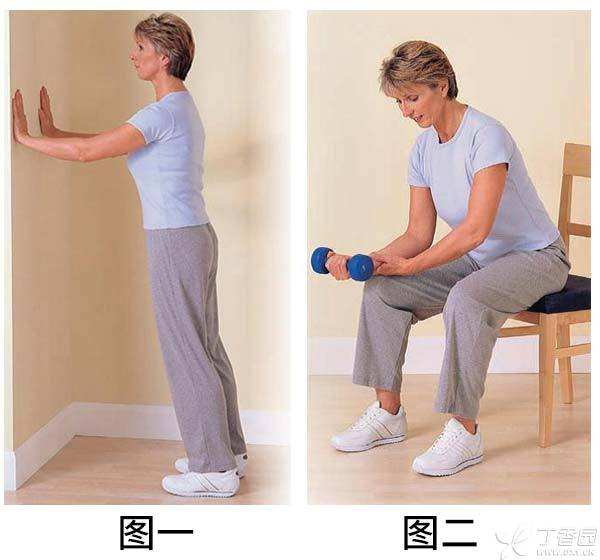
Figure 1: Lean forward and bend your arms to push against the wall.
Fig. 2: Hold a heavy object and bend your wrist up and down. Use your wrist to drive the heavy object. Lean forward with your upper body and put your arm on your thigh. The heavy object can be dumbbells, rice bags, kettles, etc. The weight depends on your own condition and can be gradually increased.
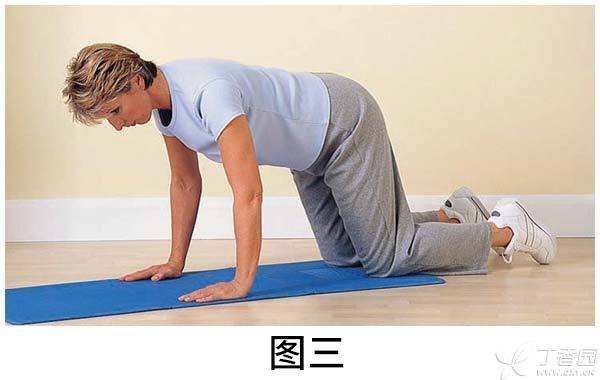
Figure 3: Both hands and knees support the body at four points, while both arms slowly crawl back and forth. Be careful not to bow your back and do not move your knees and feet.
You can also try running, which is good for your spine and hip joint. It is recommended to run 3 times a week for 20 minutes each time. If you feel that running for a long time is too laborious, you can take the method of running 20 meters or so, walking a distance and alternating exercises.
In addition, if you want to achieve a more significant exercise effect, you can try high-intensity weight-bearing training. However, this kind of exercise is recommended to go to the rehabilitation department of the hospital or the gym, under the guidance of professional personnel, and should not be easily tried at home.
2. High-risk population
Suitable for people: High-risk people who have been diagnosed with osteopenia or osteoporosis and have a history of fracture.
Objective: To keep healthy and reduce the risk of further fractures in the future.
Back muscle strength training using one’s own weight as resistance at home is conducive to maintaining an upright posture, which can be done on the bed or floor. Each movement is kept for 5 seconds, then rest for 10 seconds, and do 2 groups, each group repeats 8-10 times. Step by step, after adaptation, heavy objects can be added to the back or ankle to increase the effect.
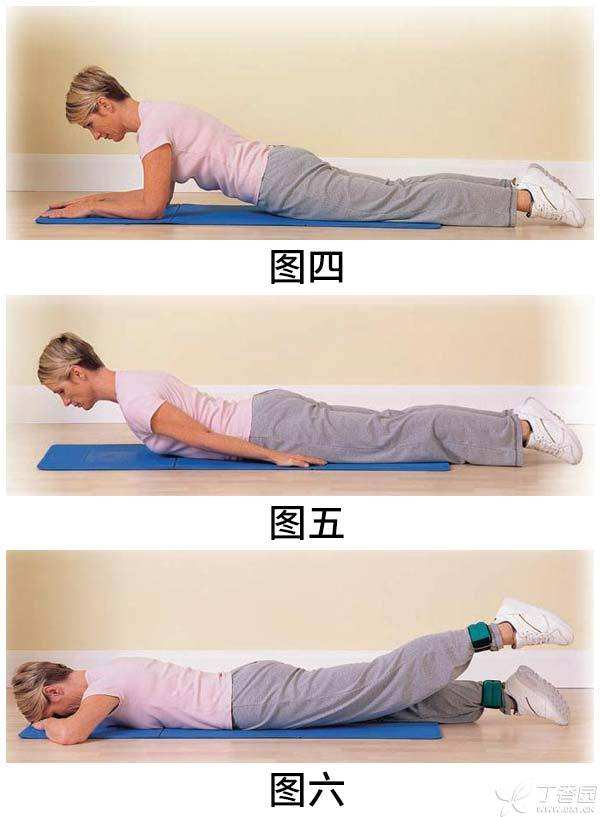
Figure 4: Push the floor with your forearm and gently lift your back, neck and head.
Figure 5: Forearm on the side of the body, gently lift back, neck and head.
Figure 6: Lie prone on the ground and slowly lift your lower limbs alternately.
You can also walk, dance, climb stairs, etc., which is beneficial to exercise lower limbs, hips and lower lumbar bones, and is also beneficial to cardiovascular health. Recommended 20 minutes a day.
Note: High-risk groups should avoid high-intensity, unstable and fast-moving exercises, such as jumping, running and jogging, which may lead to fractures. In addition, bending forward and twisting the waist should be avoided, such as touching toes with fingers and sit-ups, which may lead to spinal compression fracture.
3. Balance exercises suitable for all people
The purpose of the exercise is to improve the body stability and balance ability and reduce the risk of falling down.
You can do these actions at any time, at any place, even when waiting for the bus at the station.
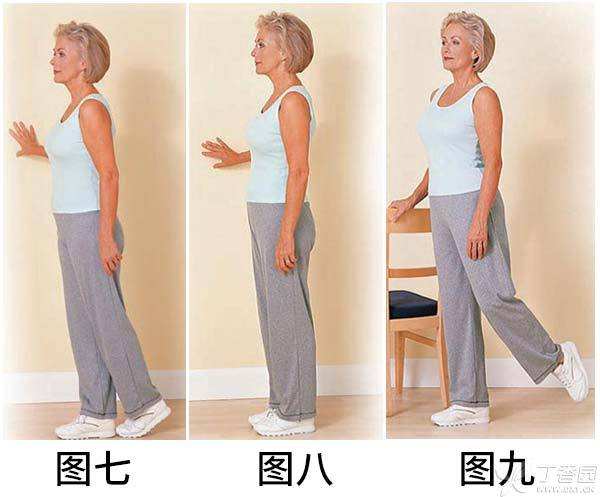
Figure 7: Stand with the heel of one foot facing the toe of the other foot, hold for 10 seconds, rest, and repeat 5 times.
Figure 8: Use the heel of one foot to face the toe of the other foot to take [one step], 10 consecutive steps, repeat 5 groups.
Figure 9: Stay upright and swing your legs alternately for 10 times. As long as you feel necessary, your hands can hold the chairs, walls and other fixtures on the edge of your body. After adapting, you will gradually transition to do these movements without support.
In addition, slow and soft Taijiquan can improve the balance and coordination of the body, and is also an ideal exercise for osteoporosis patients.
Is there anything what needs to pay attention to?
Warm up and stretch
- Before starting exercise, Warm up for at least 10 minutes, It is usually similar to walking, stepping, lateral striding, moving the body and stretching the large joints of limbs. After the exercise, do muscle stretching slowly and gently. It can prevent sports injuries and improve the flexibility of the body, such as stretching the muscles of the front and back thighs and lower legs for 8-10 seconds per movement. In order to ensure safety and balance, you can hold the chair or approach the corner when doing warm-up and stretching exercises.
Attention to Avoid Sports Risks
- Wear comfortable flat shoes or sneakers and loose sportswear when exercising. Make sure there is enough room for activities. The temperature of the room should not be set too high or too low. Don’t blindly carry out unfamiliar exercises, starting from doing some exercises that you feel comfortable with, and gradually increase the intensity of exercise. After exercise, muscles are stiff for a day or two, which indicates that the amount of exercise is slightly higher than before, which is conducive to improving the effect of exercise. However, if there is persistent pain, it may often be a sports injury and you need to see a doctor in time. If you are diagnosed with osteopenia or osteoporosis, carefully consider whether to perform exercises that may cause you to fall down. If you are diagnosed with osteoporosis, it is recommended to consult your doctor about fracture risk and exercise methods before starting any exercise.
To achieve better results
- Weight-bearing exercise stimulates bone growth. Aerobic exercise, which usually improves heart and lung function, such as swimming and cycling, does not affect bone density. To achieve results, cultivate the habit of regular exercise, at least 30 minutes at a time and at least 5 times a week.
